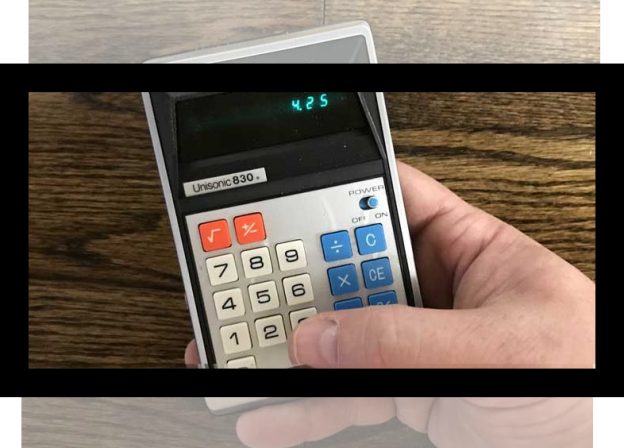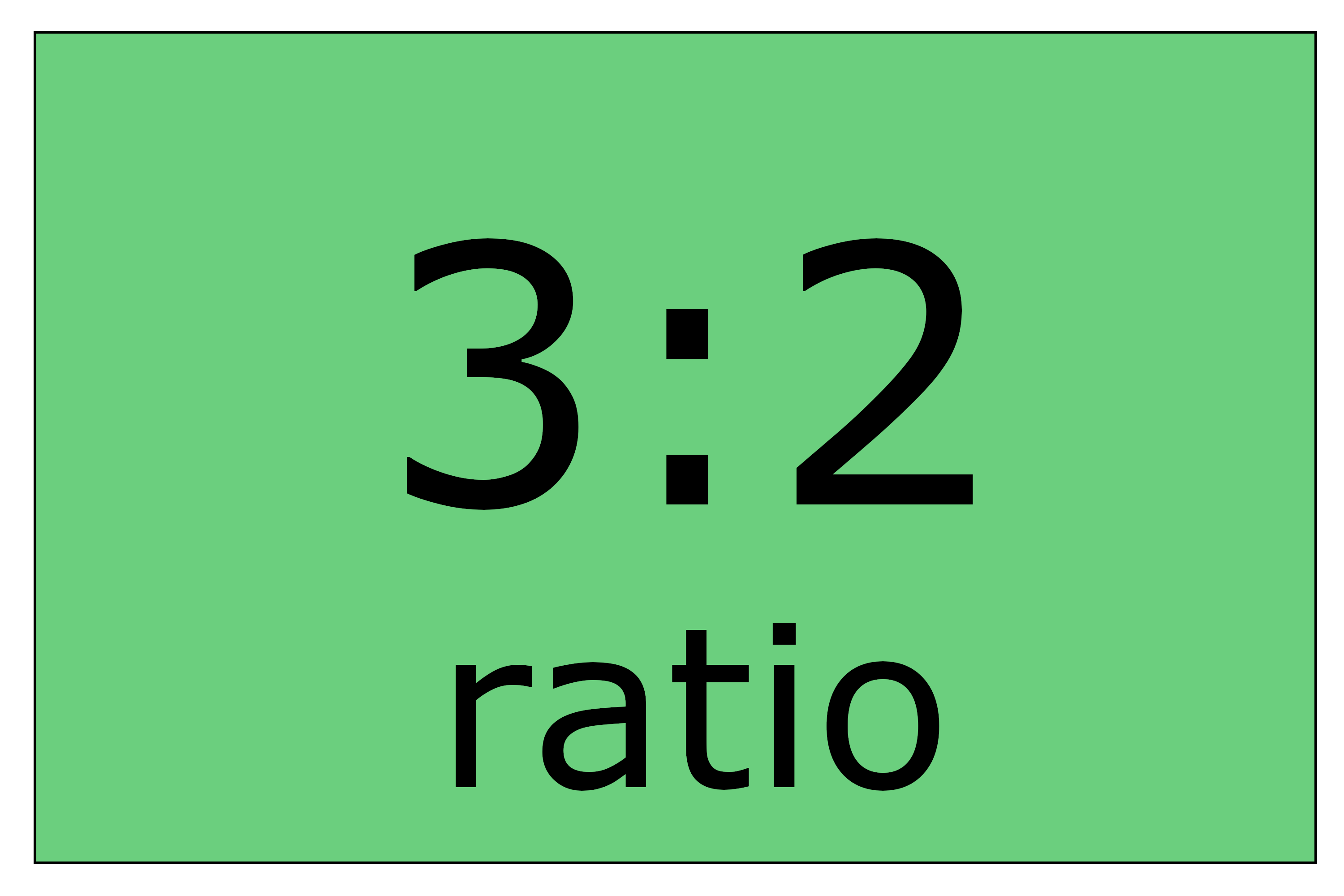
It is an acceptable option at 10% or less distortion. For example, if you upload a 16:9 video onto a 3:1 video wall, this will result in 64% distortion.

In this case, a panel count of 1:1 actually equals 16:9 total ratio, since the screens are scaling up from 16:9. In contrast to 1:1 square panels, there are also individual panels that are 16:9 already, such as with LCD video walls. As you can see, the only exact way to achieve a 16:9 with square panels is with 16 panels wide by 9 panels high. The above sizing configurations will be close enough to a 16:9 ratio to be undetectable to the naked eye. Here are video wall sizes within the 16:9 safe zone: Your panel count width divided by your panel count height should equal in between 1.65 and 1.85. Square Video Wall Panel Count 16:9 Formula: Panel Width / Panel Height = Between 1.65 and 1.85 Display quality can be affected by pixel pitch as well. You want your video wall to be close to a 16:9 ratio and the 16:9 content will automatically stretch to fit the display. Luckily, there is some wiggle room with 16:9 ratios. Square (1:1) LED panels may pose a challenge when creating true 16:9 video walls, because the only way to achieve an exact 16:9 ratio is to have 16 panels wide by 9 panels tall, or an exact multiple of such. Dot pitch is calculated from the diagonal length in inches and pixels then converted from inches per pixel to millimeters per pixel but normally only expressed in millimeters (mm).In many cases, video walls will be built into the 16:9 format to allow for seamless display of 16:9 content.
16 10 ASPECT RATIO CALCULATOR HOW TO
How to Calculate the diagonal dot pitchĭiagonal dot pitch is the diagonal distance from the center of one pixel to the center of the next. So there are 48528 pixels in an area of the screen that is 1 inch wide by one inch high. Using this same computer screen, PPI 2 will be: Example: Calculate Pixels per Square Inch, PPI 2 So there are 220.29 pixels in a 1 inch line on the display. You want to find the pixel density in one linear inch of display.Ĭalculate the diagonal length in pixels with the Pythagorean Theorem: You have a computer screen that is 1920 pixels wide by 1080 pixels high. Substitute 1 cm for 1 inch to find pixels per square centimeter or PPcm 2. The number of pixels in a square inch represents the resolution or pixel density of an area of one square inch. Multiply PPI × PPI to get pixels per square inch. How to Calculate PPI 2 or Pixels per Square Inch

Just substitute cm for inches to find PPcm.

You can use the same PPI formula above to calculate pixels per centimeter, PPcm. If a display does not have square pixels then this calculator does not apply. The PPI will be the same whether it's a horizontal or vertical or diagonal inch because pixels are square and therefore symmetric. The number of pixels per inch or PPI tells you how many pixels are in a 1 inch line on a display screen.


 0 kommentar(er)
0 kommentar(er)
